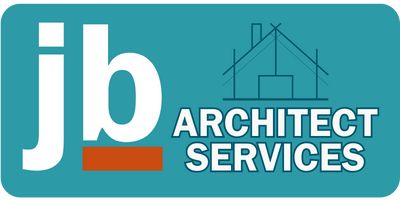Embracing Metal Cladding in Modern Architecture: A Blend of Strength and Style
When you picture cutting-edge, contemporary buildings, chances are you’re thinking of sleek surfaces, clean lines, and striking metallic finishes. That’s the power of metal cladding — a material that has become a staple in both commercial and residential architecture. But it’s not just about looks. Metal cladding plays a crucial role in protecting buildings, enhancing energy efficiency, and offering incredible design flexibility.
In this post, we’ll explore what metal cladding is, why it’s so popular in architecture, and how it can transform both the performance and aesthetics of a structure.
What is Metal Cladding?
Metal cladding is the process of applying a layer of metal over another material (usually a building’s exterior surface) to act as a protective or decorative shield. It’s often used on facades, walls, and even roofs. Popular metals used include:
Aluminium – Lightweight, corrosion-resistant, and recyclable
Steel (including Corten steel) – Strong, durable, and often used for industrial-style designs
Zinc – Self-healing surface, elegant patina over time
Copper – Aged, warm-toned finish with natural weathering appeal
Titanium – High-tech, expensive, but incredibly resilient
Benefits of Metal Cladding
1.
Durability and Protection
Metal cladding shields buildings from harsh weather, UV rays, pollution, and moisture. It doesn’t warp, crack, or rot like timber and often lasts decades with minimal maintenance.
2.
Sleek Aesthetic Appeal
Whether it’s a futuristic commercial high-rise or a minimalist home extension, metal cladding offers a clean, modern aesthetic. Panels can be smooth, perforated, corrugated, brushed, or patterned to suit various styles.
3.
Sustainability
Many metals (especially aluminum and steel) are highly recyclable, making them a sustainable choice. Some systems also include insulation layers that improve a building’s thermal performance, reducing energy consumption.
4.
Design Flexibility
With a wide range of finishes, colours, and profiles, metal cladding can adapt to almost any architectural vision. It can be used to make a statement or blend seamlessly with natural surroundings.
5.
Fire Resistance
Unlike timber or some plastics, metals are non-combustible, making metal cladding a safer option in terms of fire protection—especially in urban or high-rise developments.
Where is Metal Cladding Used?
Commercial buildings – Office blocks, shopping centers, and airports often use aluminum or steel cladding for a contemporary, high-performance facade.
Residential homes – Modern houses and extensions use metal panels for a striking contrast with traditional brick or timber.
Industrial units – Factories and warehouses benefit from the durability and low maintenance of metal cladding.
Public buildings – Museums, galleries, and schools often use architectural metal for bold, sculptural facades.
A Few Things to Consider
Cost: While metal cladding has long-term value, the initial investment can be higher than other materials.
Installation: It requires skilled installation to ensure weather-tightness and proper thermal breaks.
Weathering: Some metals like copper or Corten steel change appearance over time, which is beautiful to some and less desirable to others.
Final Thoughts
Metal cladding isn’t just a trend—it’s a versatile and practical material that architects continue to embrace for its performance and aesthetics. Whether you’re designing a bold commercial space or a unique home extension, metal cladding can give your project a contemporary edge while standing the test of time.
If you’re considering metal cladding for your next architectural project, take time to explore the options. With the right material, profile, and finish, you can create something truly stunning — and built to last.
Need help choosing the right cladding system for your build?
As an architectural practice, we specialize in helping clients integrate materials that balance performance with beauty. Feel free to reach out for advice or a consultation.
